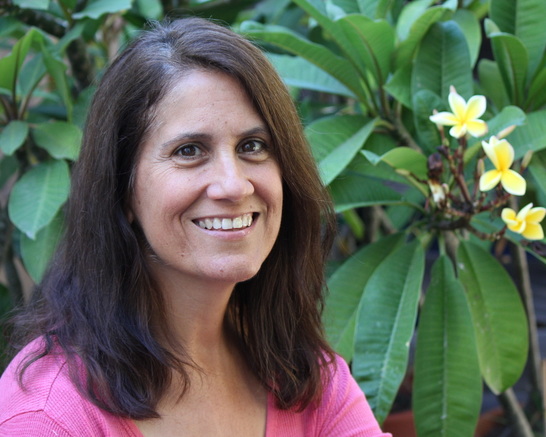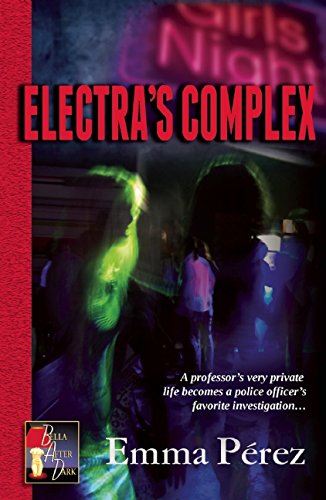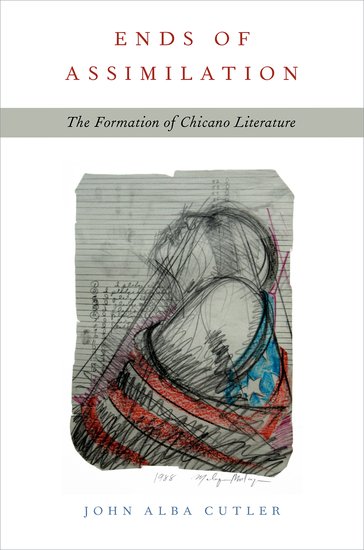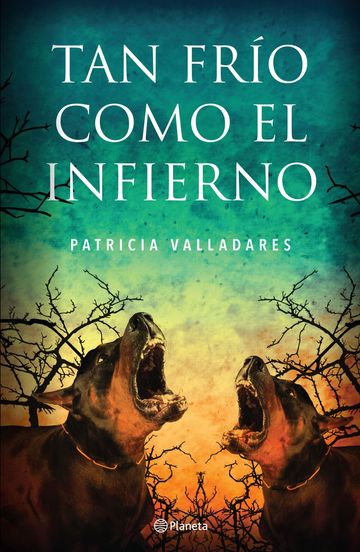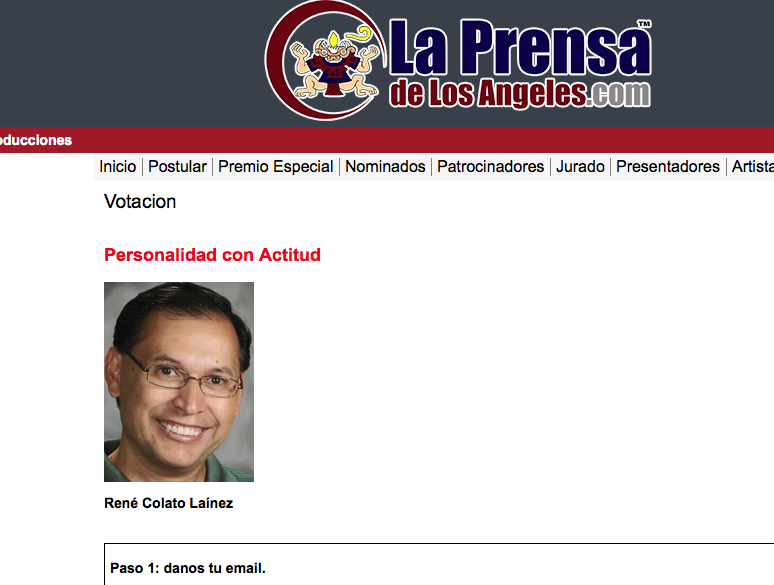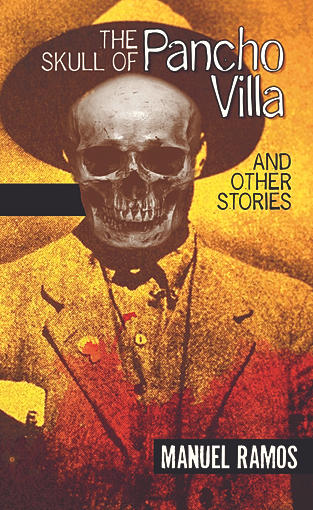2015 Reading Rock Stars - Rio Grande Valley Authors
Lydia Gil, René Saldaña, Jr., Libby Martinez, Pat Mora, Laura Lacámara, Carolyn Dee Flores
and Texas Book Festival Outreach Coordinator, Kendall Miller
McAllen, TX
Last week I had the good fortune of participating in the "Reading Rock Stars"--a fantastic program of the Texas Book Festival that brings authors from around the country to present their books in schools along the Rio Grande Valley. So students get to meet an author or illustrator AND each gets an autographed copy of the book!
According to Kendall Miller of the Texas Book Festival, for many students this is the first non-school book they will own. Professor Amy Cummins of UTPA added that the impact of "Reading Rock Stars" on the cultural literacy of the area has been enormous.
We visited schools in Pharr, Mission, Edinburg and McAllen, where teachers, principals and librarians rolled out the red carpet for us. They went all out to engage students with the readings through super creative pre- and post-reading writing activities and crafts. It was such a treat to meet our readers and learn about their connections to our books!
Here are some highlights of our "Reading Rock Stars" experience:
René Saldaña, Jr.
"Steph picked Laura and me up at the airport; on the drive to the hotel, she explained to us that Reading Rock Stars and the Texas Book Festival have given out over 60K books to children over the last several years. As the Rio Grande Valle is where I was born and raised, this number is important to me. Most of the recipients have never owned a book in their lives. Now they do, and they have the added benefit of having met the author or illustrator.
Walking up and down the hallways is always a highlight, seeing what art and reading connections our readers have made. At Zapata, one boy had drawn a portrait of me from off a promotional shot. At the same school, each classroom dedicated it's door and hallway to one number and image from Carolyn's and my picture book.
One fifth grader asked which of the American Revolution patriots I hated the most. I can honestly say I've never been asked about nor have found occasion to think about this topic. I answered Benedict Arnold, who it turns out was not a true patriot but a Royalist-wanna-be. The boy said Ethan Allen was his."
Carolyn Dee Flores
"There is no organization closer to my heart than Reading Rock Stars. We see first-hand how the smallest of children love books. I found this one little girl reading our book Dale, dale, dale/Hit It, Hit It, Hit It underneath a library table, and nobody knew she was there.
Pat Mora & Libby Martinez
"One of my special moments during RRS was at Zapata Elementary when a young boy said, 'I just want you to know that even though your visit is ending, it will continue in my heart.' So incredibly moving..." - Libby
"I treasure the memory of the pre-K girls dressed as the Statue of Liberty and a judge in connection with the book my daughter and I shared, I PLEDGE ALLEGIANCE. I also cherish the children's smiles when they received their books." -Pat
Lydia Gil
"I loved reading the children's letters to heaven, to their loved ones who had passed away... Some were open for everyone to read; others were in envelopes because they were too personal.
I met a girl who said her grandma died the week before they started reading Letters from Heaven.
'It helped me a lot,' she said."
Laura Lacámara
"I experienced many gratifying, touching moments at the Reading Rock Stars event in Texas last week. There's one moment in particular that stands out for me. After one of my author/illustrator presentations of my book, Dalia's Wondrous Hair, one little girl made her presence known. She hugged her copy of my book tightly, swished her long braid back and forth, and declared: “I love this book. I love my hair. I love it all!”
RRS Authors:
Laura Lacámara is the award-winning author and illustrator of Dalia’s Wondrous Hair / El cabello maravilloso de Dalia, and Floating on Mama’s Song / Flotando en la canción de mamá. Illustrated by Yuyi Morales, Floating on Mama’s Song was a Junior Library Guild Selection for Fall 2010 and was a Tejas Star Book Award Finalist for 2011-2012. Laura illustrated the 2012 Tejas Star Book Award winner, The Runaway Piggy / El cochinito fugitivo, as well as Alicia’s Fruity Drinks / Las aguas frescas de Alicia. Laura earned her Bachelor of Fine Arts in Drawing and Painting at California State University, Long Beach. She studied printmaking at Self Help Graphics in East Los Angeles.Laura lives in Southern California with her husband and their daughter.
René Saldaña,Jr. is the author of several books for young adults. His most recent title is Dale, dale, dale: Una fiesta de números/Hit It, Hit It, Hit It: A Fiesta of Numbers (Carolyn Dee Flores, illustrator), a bilingual counting book celebrating Mexican American fiestas that includes piñatas and friends and family. With Erika Garza-Johnson, he co-edited Juventud!, an anthology of short fiction and poetry for young adults. He teaches in the College of Education at Texas Tech University in Lubbock, Texas, where he lives with his family.
--> Carolyn DeeFlores (Trinity University) is a rock musician/composer, turned computer analyst, turned children’s book illustrator. Dale, dale, dale / Hit It, Hit It, Hit It : Una fiesta de números / A Fiesta of Numbers, written by René Saldaña Jr., is her latest book. Carolyn’s debut book Canta, rana, canta / Sing, Froggie, Sing is about an underwater singing frog and is currently on the Tejas Star 2014 Reading List. Her second book, Daughters of Two Nations, won a 2014 Skipping Stones Honor Award for excellence in multicultural literature.
Lydia Gilwas born in Mayagüez, Puerto Rico. She is the author of the bilingual children’s picture book, Mimí’s Parranda / La parranda de Mimí, and the middle-grade novel Letters from Heaven / Cartas del cielo. She teaches at the University of Denver and writes for EFE, the leading Spanish-language news agency. She holds a Ph.D. in Spanish from the University of Texas at Austin and a Master of Arts in Comparative Literature from the State University of New York at Buffalo.
Libby Martinez is the co-author of two children’s picture books – I Pledge Allegiance (Alfred A. Knopf Books for Young Readers) and Bravo, Chico Canta! Bravo! (Groundwood Books). Her mother, the award-winning author Pat Mora, was her writing partner for both of these books. Prior to becoming a children’s book author, Libby worked in the Texas political arena, served as the director of school and community partnerships for the Philadelphia Zoo, and founded a strategy consulting practice. She is a graduate of the University of Texas at Austin and Stanford Law School, and now lives in Colorado with her husband and a cat named Squirrel.
Pat Morais the author of more than forty-five books for all ages. She has published poetry, nonfiction, and children’s books, some in bilingual formats and Spanish editions. An educator and literacy advocate, in 1996, she founded Children’s Day, Book Day/ El día de los niños, El día de los libros (often known as Día), a year-long family initiative that honors children and connects them with bookjoy. Annually, across the country, April book fiestas reach out creatively to all children and families in all languages. Pat, a native of El Paso who now lives in Santa Fe, is the mother of three grown children and a sweet, Austin granddaughter.









